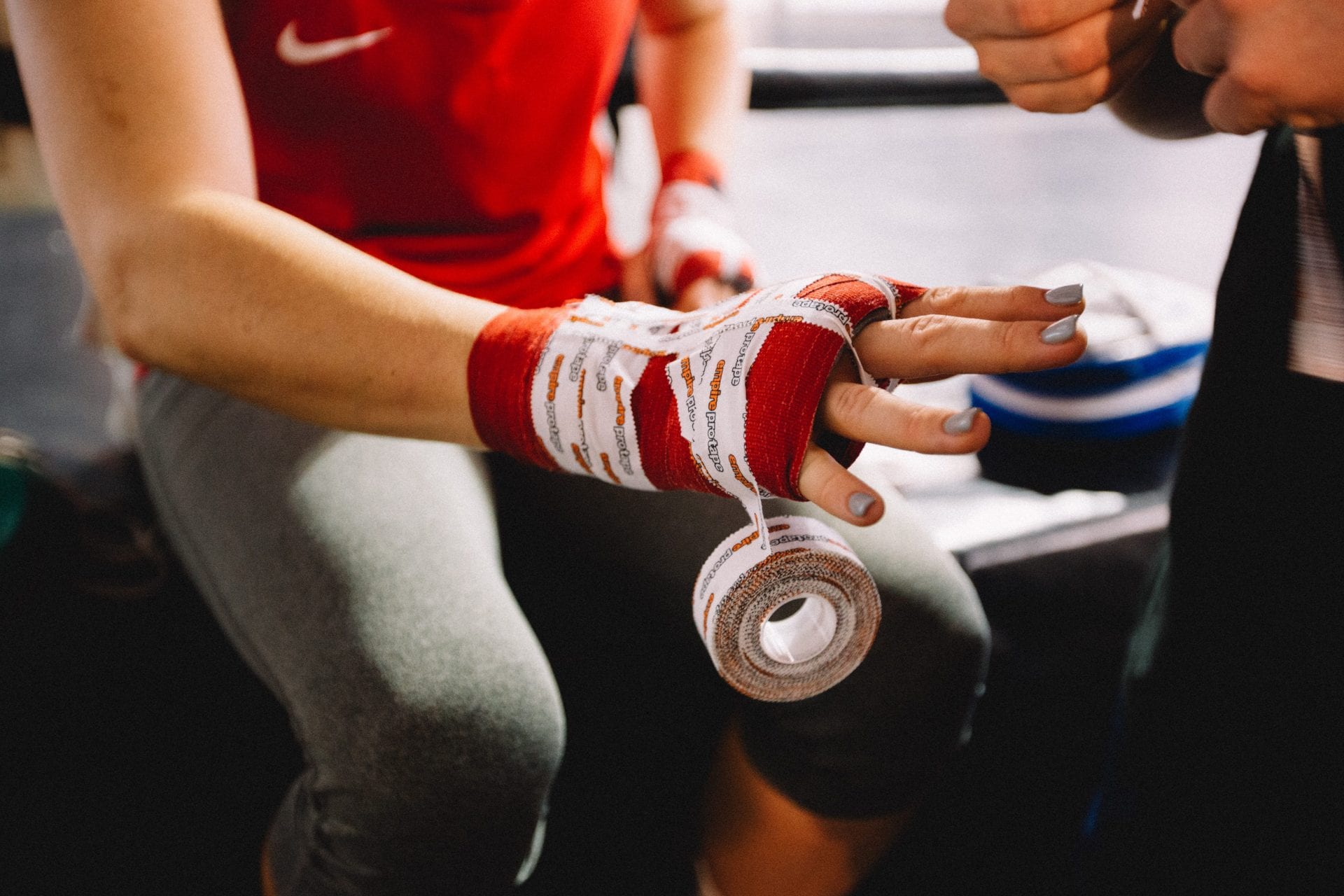At times, braces are prescribed by physicians to support a specific joint. They are usually recommended for injury recovery or post-surgery to assist with healing, along with specific instructions for proper use. It is important to note that the goal is gradual weaning off of the brace and a returning to normal function.
However, in this blog I want to focus on the braces people purchase over the counter and use for joint pain. They include hand, wrist, elbow, knee, ankle, and postural bracing for your back. These braces can be both costly and very inexpensive. If the only goal is temporary pain relief, these assistive devices can help in that regard. But, they can also cause adverse effects on the injured body part and make the problem worse with time. For this reason, the permanent use of a brace is a poor solution when compared to the long-term success and permanence of physical therapy. Additionally, braces can be bulky, very hot, and uncomfortable to wear in the Arizona summer heat.
Braces can be somewhat effective for temporary use during injury recovery. However, because they are doing the work of both small and large muscles, prolonged use is problematic. This is because the brace becomes the main support system for the injured joint instead of your own muscles. While the layperson tends to focus on the joint itself, the surrounding muscles are very important in joint function and play a significant role in the overall function of the skeletal system. When muscles become weak (as they can do when braces are used long-term), decreased joint stabilization occurs. This is due to the brace taking over the job for muscles and could eventually result in a reduction of functional movement, increased joint tightness, and, in some cases, a worsening pain cycle.
From a therapeutic perspective, your therapist doesn’t want you to become reliant on a brace in order to complete everyday tasks or to enjoy your favorite hobbies and weekend events. In most cases, a specific strengthening and mobility protocol can help reduce pain while eliminating the reliance on a brace during injury recovery. Break the brace-reliance pain cycle and make an appointment today to speak with a physical therapist about how you can begin the process of performing at your best without a brace.
Your Supportive Brace Could Be Doing You More Harm Than Good




